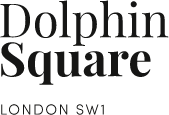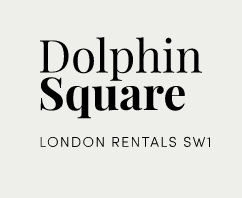In 2003, the C-Charge (or congestion zone) was introduced in Central London. This measure was put in place to help manage high volumes of traffic, to alleviate pollution, deter overall congestion in the capital city, and raise much-needed funds for London’s transport system.
Then, in 2019, the Ultra Low Emissions Zone (or ULEZ) was introduced. This measure is designed to deter the most polluting vehicles from driving in the nation's capital.
Both measures have seen high overall success rates. However, nearly two decades down the line, many newcomers to London find the intricacies of London’s various charges tricky to understand.
So, we've written this post to give you the answers to questions like:
- Where do the congestion and ULEZ zones start?
- How much are the charge?
- Is Pimlico within the London congestion zone or ULEZ zone?
- How do London residents avoid travelling through these zones?
Whether you’re new to Pimlico, or a seasoned Central London resident or traveller, our blog will outline everything you need to know about London’s congestion zone, and highlight some practical tips for navigating your way through it.
London’s Congestion Zone Explained
The congestion zone has been around for nearly two decades. It has proven to be an effective measure to reduce air and noise pollution, deter unnecessary private or passenger vehicle travel, and has greatly contributed to financially supporting London’s transport system.
Because London is so vast, it's worthwhile for anyone who is looking to relocate to the capital city, current residents, or even holiday travellers to familiarise themselves with the congestion zone limits, and how they can prepare for their travel through the congestion zone.
What is the Congestion Zone?
The congestion zone comprises of mapped out areas within London that are prone to higher traffic levels, and therefore liable to the Congestion Charge.
Using ANPR (automatic number plate recognition) technology, all vehicles entering and exiting the zone are monitored in real-time. The overall Congestion Zone spans from approximately Kings Cross to Vauxhall, and Paddington to Whitechapel.
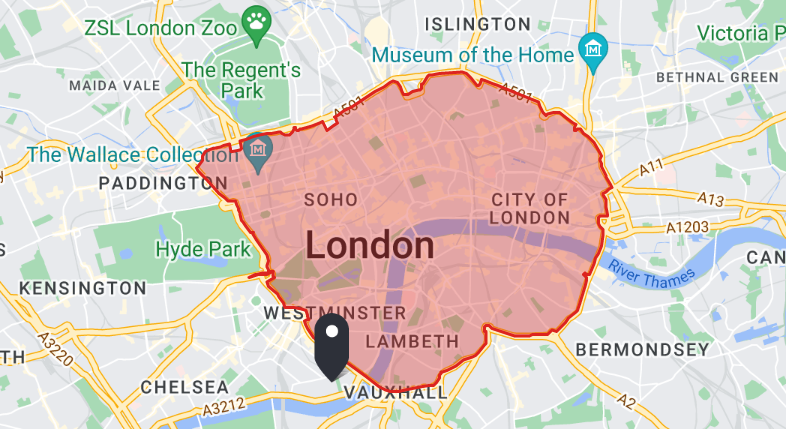
The Congestion Charge Zone with a pin for Dolphin Square
The map above is a screenshot of Transport for London’s interactive Congestion Zone map, here. This tool allows you to search by postcode, street name, or landmark - taking all the guesswork out of your London congestion zone travel.
How much is the congestion charge?
The Congestion Charge is a rate of £15 per day, payable by every vehicle driving in the congestion zone.
In 2022 the fee is payable if you drive within the zone between 0700 and 1800 Monday to Friday, or between 1200-1800 Saturday and Sunday. This applies every day of the year except between Christmas Day and New Year's Day.
Furthermore, if your vehicle does not meet the ULEZ (Ultra Low Emissions Zone) criteria, you will be further liable to pay this charge.
Note that you are only required to pay the charge for days you actually drive the vehicle within the congestion zones. You can use this helpful tool to determine which charges you are eligible to pay, such as the Congestion Charge itself, ULEZ charges, as well as LEZ (Low Emissions Zone) charges.
When are you exempt from paying the C-Charge?
The only exceptions to being liable to pay the C-Charge (Congestion Charge) are outlined below. You can find a comprehensive list on Transport for London’s (TfL’s) website.
You may be exempt from paying congestion zone charges in the below instances if your vehicle is recorded at the DVLA in one of these categories:
- Two-wheeled motorbikes (and sidecars) and mopeds
- Emergency service vehicles, such as ambulances and fire engines, which have a taxation class of 'ambulance' or 'fire engine' on the date of travel
- NHS vehicles that are exempt from vehicle tax
- Vehicles used by disabled people that are exempt from vehicle tax and have a 'disabled' taxation class
- Vehicles for more than one disabled person (for example Dial-a-Ride) that are exempt from vehicle tax and have a 'disabled' taxation class
You will also not be liable to pay the congestion charge during the hours of 1800-0700.
When do you have to pay the congestion charge?
You are liable for paying Congestion Zone Charges for every day that you drive within London’s congestion zone, during the hours of 0700-1800. The only exception to this rule is between Christmas Day and New Year's Eve, when charges do not apply.
You are able to pay Congestion Zone Charges up to three previous charging days, on the day of travel, the next charging day - or for a custom date range using Transport for London’s ‘Pay to Drive in London’ tool.
Who is liable for paying the London C-Charge?
All vehicles which emit a greater rate than 76g/km CO2 are required to pay the congestion zone charge. This spans to include most cars, vans, and motorised bikes.
London's ULEZ Explained
What is ULEZ?
ULEZ is London's Ultra Low Emissions Zone, and is designed to reduce polluting emissions in the capital. The end goal is to improve the quality of London's air and the health of Londoners.
The ULEZ is much bigger than the C-Charge zone, as you can see below:
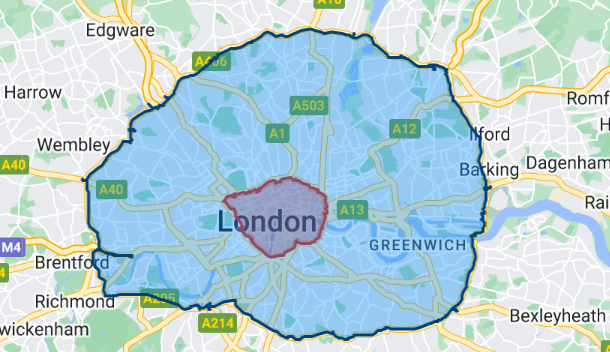
As with the C-Charge, the TFL website has a tool where you can enter a postcode or location to find out whether it's in ULEZ.
How much is the ULEZ charge?
Cars, vans, minibuses, motorcycles and various other vehicles pay a rate of £12.50 per day if they do not meet the minimum required emissions standards.
Lorries, coaches and larger vehicles are generally exempt from the ULEZ as they are subjected instead to the LEZ (see the link below for details)
Definitions and specifications for these vehicle types can be found below:
- ULEZ rules for cars
- ULEZ rules for vans, minibuses and more
- ULEZ rules for motorbikes and mopeds
- ULEZ rules for lorries, coaches and larger vehicles
When do you have to pay the ULEZ charge?
The ULEZ times are much stricter than the C-Charge: you must pay all day, every day of the year except for Christmas Day.
You have to pay whether your vehicle is registered in the UK or anbroad.
Is Pimlico In The Congestion Zone?
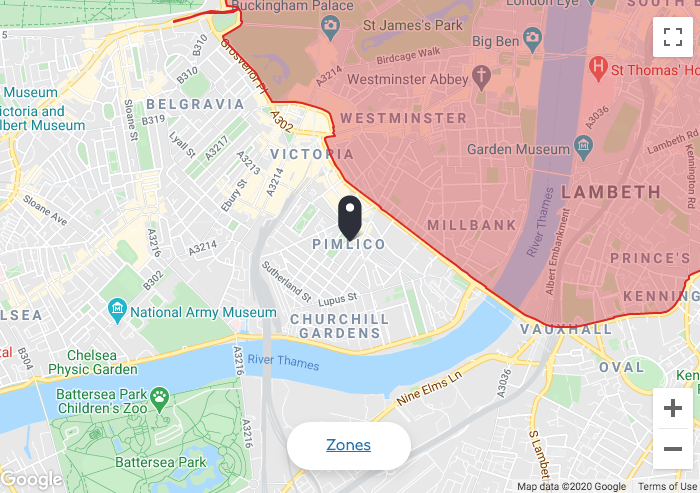
The above map is an excerpt from the TfL website, with an input of ‘Pimlico London’ as the area.
Pimlico is not part of the London Congestion Zone. Pimlico is situated outside of the London congestion zone, although in close proximity to it. This is an important consideration for residents of Pimlico who plan on travelling into the borders of the congestion zone, including popular destinations such as Westminster and parts of Victoria.
During your stay at Dolphin Square’s Pimlico apartments, you may be using your own vehicle to get around. It’s advisable to check your route beforehand using your favouring map app or navigation tool, to determine whether your route will include congestion zones. If you plan on travelling through these zones, it might be a good idea to prepay your congestion charge on TfL’s website.
To avoid unnecessary congestion zone charges, you may want to consider travelling on the great public transport systems in London. This can include the tube, train, or buses - all of which have been excellently maintained to accommodate an increased number of travellers who are also actively avoiding private travel within London congestion zones. Our Pimlico location is ideally situated on the doorstep of Pimlico Tube Station, giving our residents the ultimate convenience in access to transport links.
What You Need To Know Further About London’s Congestion Charge
Now that we’ve covered what the congestion charge is, where the zone is, and understand that Pimlico is situated outside of the congestion zone, let’s take a closer look at some other relevant details surrounding London’s congestion zone.
How do I know if I am travelling in the congestion zone?
The first and most obvious indication that you are travelling in the congestion zone is the presence of signage. Directional signs show which routes take you into the charging zone and which don't. This page on TfL’s website clearly shows the signs you can expect to look out for during your travel.
ANPR (automatic number plate recognition) cameras are also a tell-tale sign of congestion zone areas, although they are more difficult to spot and may not be in place solely for congestion zone travel monitoring.
There are roadside signposts located throughout the London congestion zone warning drivers that they are about to enter (or exit) the zone. On-road signs are typically red circles with a white ‘C’ painted onto the tarmac.
What happens if I enter the congestion zone by mistake?
Mistakes happen, but unfortunately, if you enter the congestion zone purposely or accidentally, you will be liable to paying the congestion charge. Failure to pay this charge could result in a penalty or fine.
How do I pay the congestion charge?
You can visit this page on TfL’s website to make online payments for your congestion zone travel. You are able to prepay your congestion zone charges if you anticipate multiple trips into the zone.
If you prefer in-person payments, you can opt to pay for your congestion charges at self-service machines located in selected car parks within the congestion zone. You will also be able to pay daily, weekly, or monthly at these machines.
Some newsagents and petrol stations also accept payment for congestion charges.
What happens if you don’t pay your C-Charge?
If you have not paid your congestion charge, TfL will send you a PCN (Penalty Charge Notice). This is a formal notification of failure to pay.
The issuing of a PCN is triggered when ANPR cameras capture an image of your vehicle travelling through the congestion zone, and TfL’s records indicate an absence of payment of the charge by midnight on the third ‘charging day’ following the incident.
This PCN will be issued to the registered keeper of the vehicle - something worth bearing in mind if you are travelling using a hired vehicle.
How to pay a Congestion Charge fine?
If you’ve received a PCN or fine, you have two options. You can either pay the fine, or you can challenge it. What’s crucial is that you do not ignore the PCN or fine.
You will have 28 days from the date you received the PCN or fine to either pay or challenge it. It’s also worthwhile to know that if you pay the fine within 14 days, you will receive a 50% discount.
You can pay your congestion zone charge fine using TfL’s website - more specifically, this page.
Can you appeal a Congestion Charge fine?
Yes, you have the option to pay for a fine or challenge it - also known as ‘appealing’ the fine. There are two options for appealing your congestion charge fine:
- Online - using TfL’s website. Navigate to this page, where you will need to provide the PCN number and reasons that you believe you should not be liable to pay the fine. Supporting evidence will also be required.
- You can also choose to appeal your congestion zone penalty in writing, which can be facilitated by completing the representation section provided as part of the PCN.
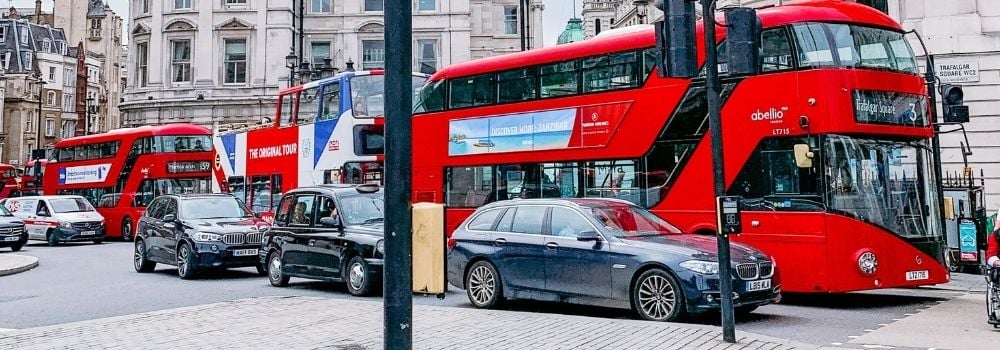
Preparation is key for London Congestion Zone travel
While it can be tricky to navigate your way through London congestion zones as a newcomer to the capital city, there are some practical ways you can avoid the charges in the first instance. Opting for public transport - like the tube, train, or buses, will eliminate the need for you to worry about the charge at all.
If self-driving travel is unavoidable, by ensuring you are covered through prepayment you will save yourself a lot of hassle down the line.
Our Pimlico location is situated outside of the London congestion zone, but we understand that travel may sometimes be required into the zone for work or leisure purposes. Prepare yourself by planning your route ahead of time, and ensuring that any travel within the congestion zone is accounted for and paid in full to avoid hefty fines or penalties.
We look forward to welcoming you during your stay at Dolphin Square Pimlico!


